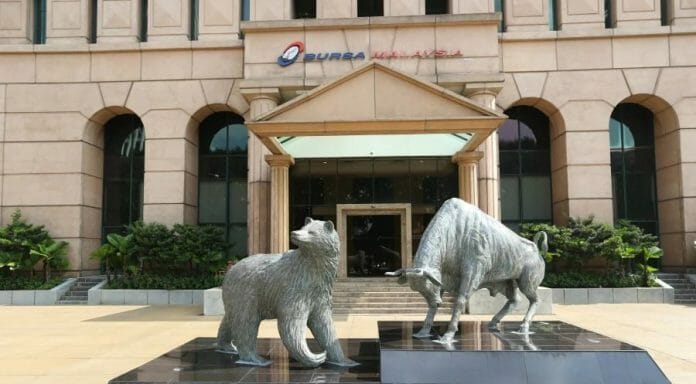Due to the daily Covid 19 cases continuing to flare up, it prompted the World Bank to reduce the nation’s GDP growth forecast to 4.5% from a previous 6%. The total lockdown was handed another extension – this time indefinitely until daily cases dropped below 4,000.
The stock market continued its slow and steady decline, the FBM KLCI, on June 30, closed a year to date low of 1,506.73 points
The second half of 2021 was marred with uncertainties after the Malaysian Parliament reconvening on 26th after the 7-month halt in proceedings, with rumours of MP’s withdrawing support for Tan Sri Muhyiddin Yassin, as well as protests demanding his resignation, political uncertainties caused the FBM KLCI to close lower by 32 pts from 1,526 pts on 26 Jul, to 1,494 pts just four days later.
The market sentiment picked up in August following the announcement of relaxations in COVID19 SOPs for fully vaccinated individuals and in anticipation of the lifting of the FMCO due to the ramp-up in the rate of inoculations.
On August 16th , unable to retain majority support, Prime Minister Tan Sri Muhyiddin Yassin resigned. On Aug 21, Tan Sri Muhyiddin’s deputy Dato’ Sri Ismail Sabri was sworn in as Malaysia’s 9th Prime Minister. The markets, hopeful of more certain times ahead, climbed 81 pts between 23 and Aug 30.
BNM left its key overnight policy rate (OPR) unchanged at 1.75% on Sep 9, saying growth outlook’s risks remained tilted to the downside. Risks include weaker-than-expected global growth, worsening supply chain disruptions, and the possibility of stricter containment measures due to concerns about new COVID-19 variants
Malaysian stock saw further selling on the back of reports of loan moratoriums by banks, in addition to rumours of a windfall tax.
On Oct 11, with 90% of the adult population fully vaccinated, interstate travel resumed. A week later, having met the prerequisites stapled under the NRP, five states – Kelantan, Perak, Penang, Sabah, and Kedah – transitioned to Phase 3, while Melaka and Klang Valley were promoted to Phase 4.
Following the easing of restrictions, the FBM KLCI climbed to 1,605 pts. On Oct 29, Finance Minister Tengku Datuk Seri Zafrul Abdul Aziz tabled Malaysia’s 2022 budget, planning to spend MYR332bn on revitalising the national economy.
On the first market trading day following the Budget announcement, the FBM KLCI shed 32 pts or 2%. On Nov 12, BNM released Malaysia’s 3Q21 GDP data. Malaysia’s economy contracted 4.5% YoY, dragged down by reduced consumption and investment activities during the FMCO.
On Oct 26, Brent Crude reached a year-to-date high of USD86.40/bbl following six consecutive weeks of rises. The oil rally was attributed to a global undersupply in the wake of OPEC’s Jul 18 meeting, with robust demand maintained. Petroliam Nasional Bhd’s 3Q21 revenue increased 50% YoY to MYR61.8bn.
On Nov 25, South African scientists announced the discovery of the latest evolution of the COVID-19 virus. Suspected to have emerged from the African continent, the new variant, dubbed “Omicron”, was described by the World Health Organisation (WHO) as having higher transmissibility and stronger vaccine immunity.









